Категории
- иридология (226)
- Чтение глаз (24)
- QR-программное обеспечение (15)
- Блог (289)
- Иллюстрация иридологии (35)
- онлайн-курс иридологии (54)
- иридология (59)
- Выставка (2)
- Новости (414)
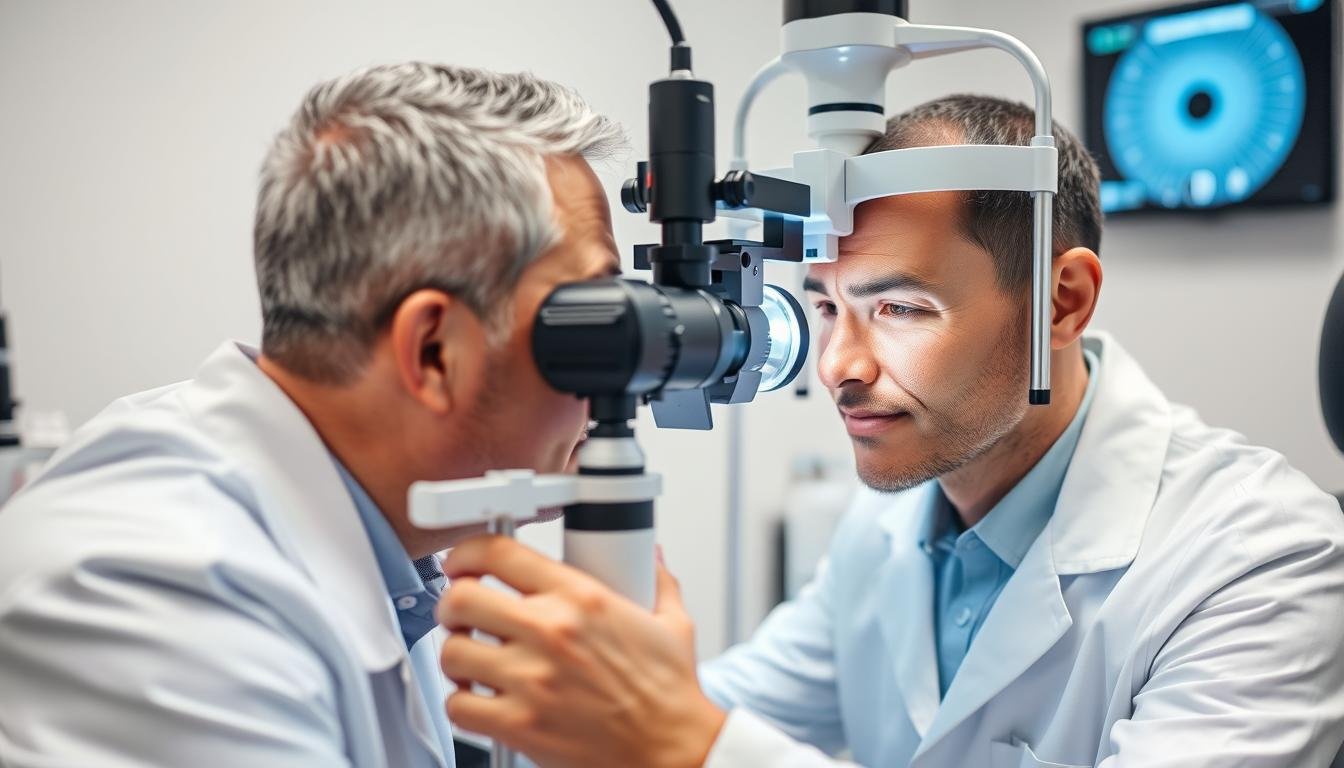
Professional eye examination reveals important health information through Eye Reading techniques
Eye Reading encompasses various practices and techniques used to interpret information from the eyes. In its broadest sense, it includes both scientific methods used by eye care professionals and alternative approaches that claim to reveal personality traits or predict future events.
Modern medical Eye Reading involves examining the structures of the eye to detect signs of disease or health conditions. This includes analyzing the retina, blood vessels, optic nerve, and other eye components during a comprehensive eye exam.
Understanding the difference between evidence-based Eye Reading and unfounded claims is crucial for making informed decisions about your eye health and overall wellbeing.
Let’s examine some of the most persistent myths surrounding Eye Reading and what science actually tells us about these claims.
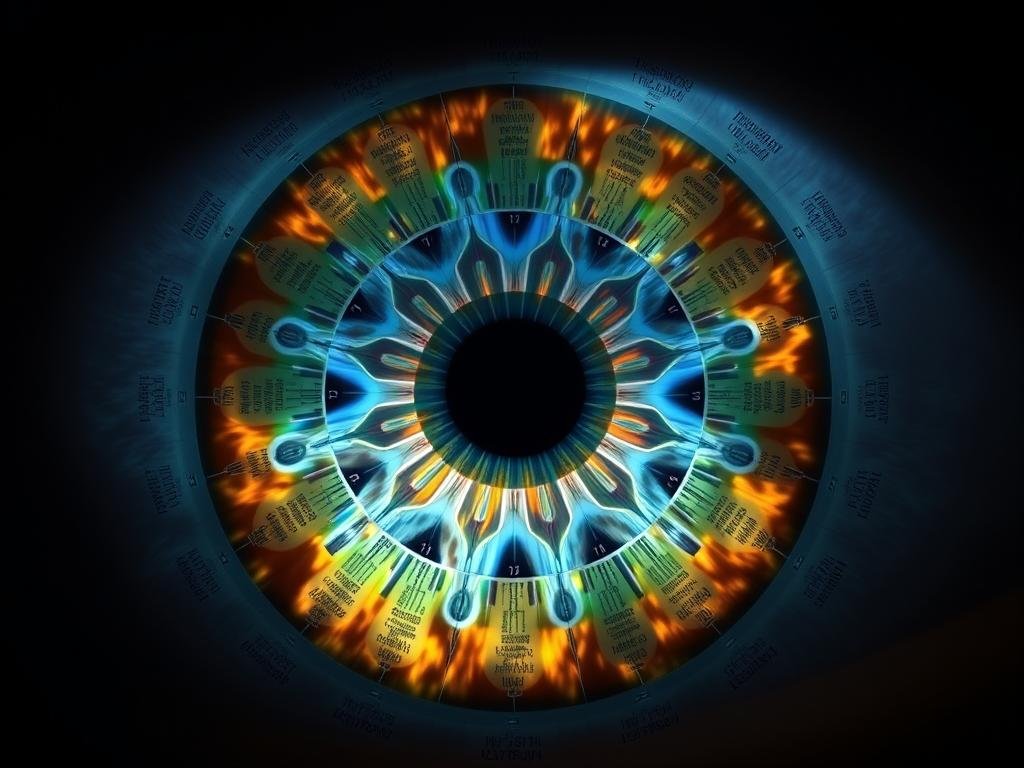
Iridology charts claim to map internal organs to specific iris regions, but lack scientific validation
One of the oldest myths about Eye Reading is that a skilled practitioner can foretell future events by examining your eyes. This claim has roots in various cultural traditions but has no scientific basis. While your eyes can reveal current health conditions, they cannot predict future life events, career changes, or romantic prospects.
Iridology, a form of alternative Eye Reading, claims that specific areas of the iris correspond to different organs and systems in the body. Practitioners suggest they can diagnose health issues by identifying marks, colors, and patterns in the iris. However, multiple scientific studies have failed to validate these claims, and iridology is not recognized as a legitimate diagnostic tool by mainstream medicine.
Many Eye Reading myths suggest that eye color can determine personality traits—blue eyes indicating sensitivity, brown eyes showing trustworthiness, or green eyes revealing creativity. While these associations make for interesting conversation, there’s no scientific evidence linking eye color to specific personality characteristics. Eye color is determined by genetics and has no bearing on psychological traits.
While it’s true that pupils can dilate in response to seeing someone attractive, this Eye Reading sign is far from reliable. Pupil size is affected by numerous factors including lighting conditions, medication, emotional state, and cognitive load. Attempting to read romantic interest solely through pupil dilation is highly unreliable and oversimplifies complex physiological responses.
Some Eye Reading enthusiasts claim that certain exercises, diets, or visualization techniques can change eye color. In reality, adult eye color is fixed except in rare medical conditions or through artificial means like colored contacts or risky surgical procedures. Natural eye color is determined by genetics and the amount of melanin in your iris.
While many Eye Reading claims fall into the category of pseudoscience, legitimate medical eye examination can reveal important information about your health.
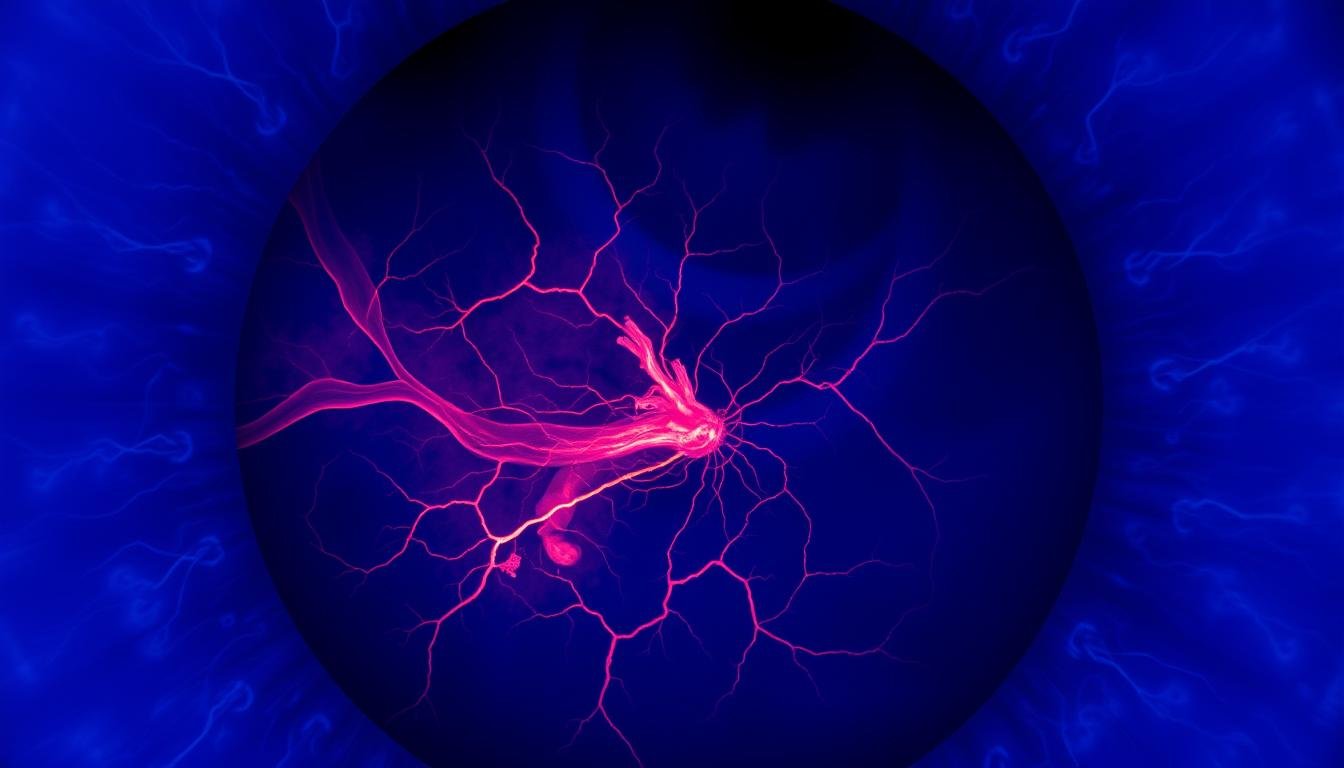
Retinal imaging is a scientifically validated Eye Reading technique that reveals vascular health
Professional eye examinations can detect signs of systemic diseases like diabetes, hypertension, and autoimmune disorders. During an eye exam, doctors can observe changes in blood vessels, retinal appearance, and other structures that may indicate health problems affecting the entire body. This makes regular eye exams an important part of preventive healthcare.
Medical Eye Reading includes examining how pupils respond to light and proximity. These responses are controlled by the autonomic nervous system and can reveal information about brain function. Abnormal pupillary responses may indicate neurological issues, head injuries, or the effects of certain medications.
Research in cognitive psychology has shown that eye movements during reading and other tasks can provide insights into information processing. This aspect of Eye Reading helps researchers understand how we comprehend text, process visual information, and direct our attention. Eye-tracking technology has applications in fields ranging from user experience design to diagnosing reading disorders.
Advanced Eye Reading techniques like retinal imaging allow doctors to examine the blood vessels in your eyes, which reflect the condition of blood vessels throughout your body. Changes in these vessels can indicate cardiovascular disease, helping doctors identify patients at risk for stroke or heart attack before other symptoms appear.
Comprehensive Eye Reading by trained professionals can detect certain types of cancer, including ocular melanoma, the most common primary eye cancer in adults. Additionally, metastatic cancer from other parts of the body can sometimes be first detected during an eye examination, potentially leading to earlier treatment.
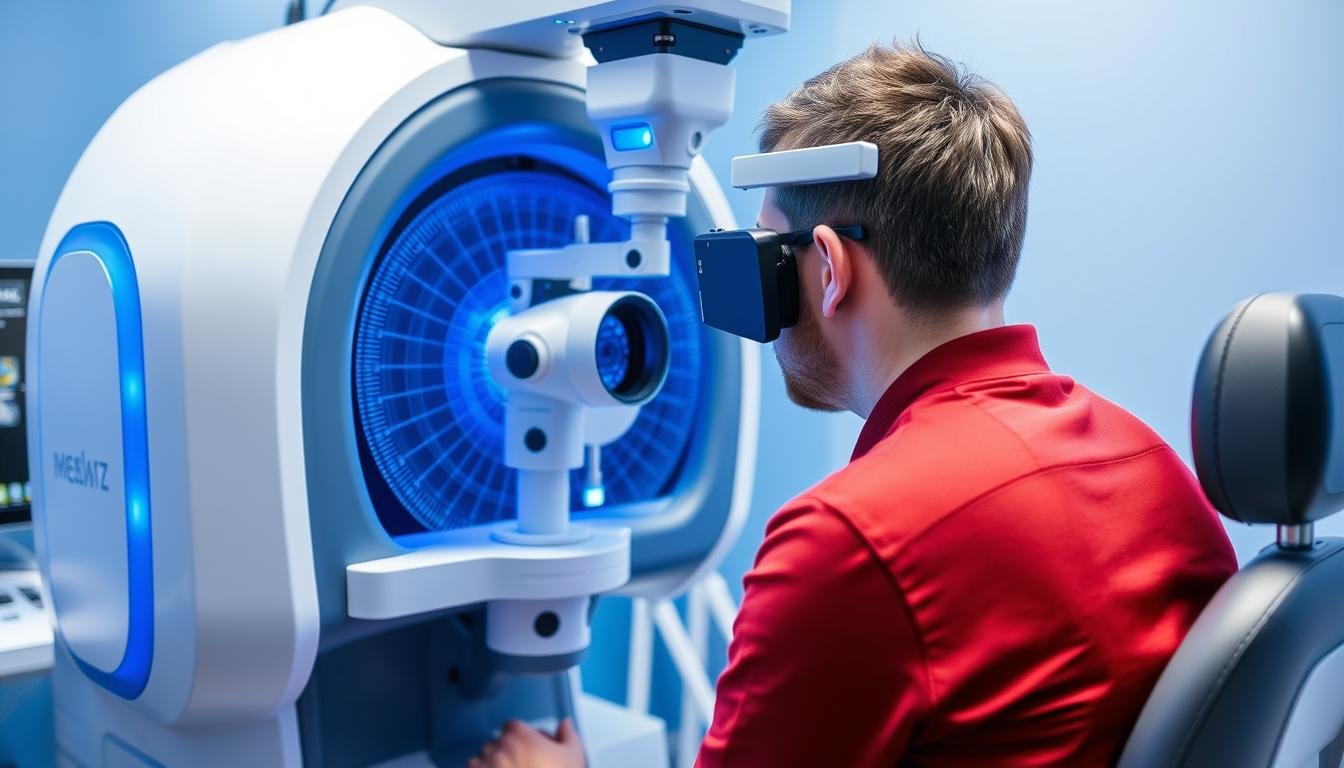
State-of-the-art equipment has revolutionized medical Eye Reading capabilities
Today’s eye care professionals use sophisticated technologies that have dramatically advanced the field of medical Eye Reading. These tools allow for earlier detection of eye conditions and systemic diseases.
This non-invasive imaging technology uses light waves to take cross-section pictures of your retina. OCT has revolutionized Eye Reading by allowing doctors to see each of the retina’s distinctive layers, measure their thickness, and detect subtle changes that might indicate disease.
This technology captures detailed images of the retina, optic nerve, and blood vessels. These photographs provide a permanent record for future comparison, making it easier to track changes over time—a crucial aspect of thorough Eye Reading and monitoring.
This computerized imaging technique maps the surface curvature of the cornea. It’s particularly useful in diagnosing and managing corneal conditions and planning surgical interventions, representing an important advancement in specialized Eye Reading.
Used in both medical and research settings, eye-tracking devices monitor eye movements and gaze patterns. This technology has applications in diagnosing reading disorders, studying consumer behavior, and developing assistive technologies for people with disabilities.
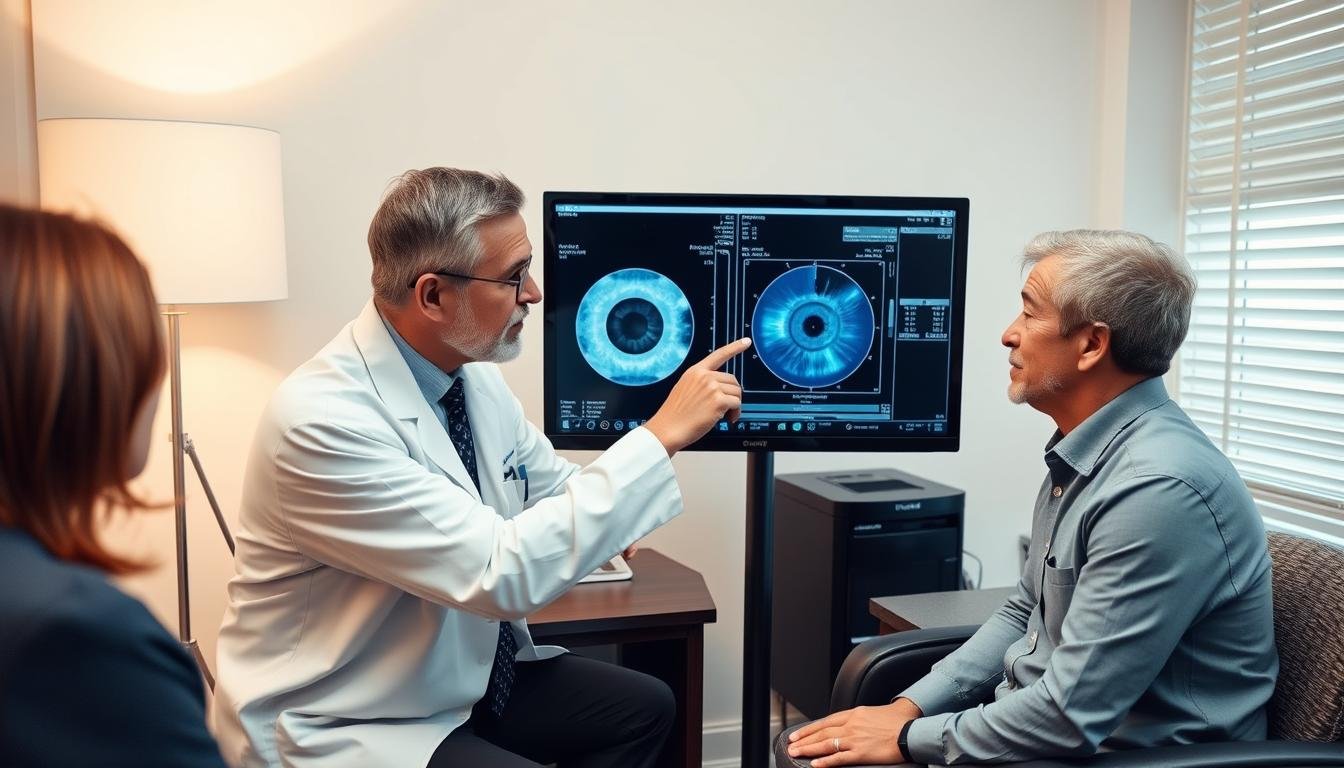
Regular professional consultations ensure accurate Eye Reading and early detection of problems
While not all Eye Reading claims are valid, professional eye examinations are essential for maintaining eye health and detecting potential problems early. Here are key situations when you should seek professional eye care:
Regular eye exams are crucial for maintaining good vision and detecting potential health issues early. Our experienced professionals use the latest Eye Reading technologies to provide comprehensive care.

Eye Reading has deep cultural roots across many civilizations
Throughout history, different cultures have attributed special significance to the eyes and developed their own forms of Eye Reading. While many of these traditions lack scientific validation, they represent important cultural practices and beliefs.
The Eye of Horus was one of the most powerful symbols in ancient Egyptian culture, representing protection, royal power, and good health. This early form of symbolic Eye Reading attributed magical properties to eye imagery and influenced many subsequent traditions.
In traditional Chinese medicine and cultural practices, the eyes play a central role in face reading or physiognomy. This form of Eye Reading suggests that eye shape, size, and other characteristics can reveal personality traits and aspects of one’s destiny.
Many Mediterranean, Middle Eastern, and South Asian cultures share beliefs about the “evil eye”—a malevolent glare that can cause misfortune or injury. Various protective amulets and rituals have developed around this concept, representing a form of defensive Eye Reading and protection.
Yes, eye doctors can often detect signs of diabetes during a comprehensive eye examination. Diabetes can cause changes to the blood vessels in the retina, a condition called diabetic retinopathy. These changes are visible during professional Eye Reading and may be detected before other symptoms appear, making regular eye exams particularly important for people at risk for diabetes.
No, eye color does not change with emotions. This is a common Eye Reading myth. What people might notice is that eyes can appear to change color slightly under different lighting conditions or when the pupil dilates or contracts, which can make the iris look different. However, the actual pigmentation of the iris does not change based on emotional states.
For adults with no symptoms or risk factors for eye disease, the American Academy of Ophthalmology recommends a comprehensive eye examination at age 40, with follow-ups every 2-4 years until age 55. After 55, examinations should occur every 1-3 years. However, if you have risk factors such as diabetes, high blood pressure, or a family history of eye disease, you may need more frequent Eye Reading examinations as recommended by your eye care professional.
While Eye Reading cannot diagnose specific mental health conditions, certain eye movement patterns and pupillary responses can sometimes correlate with conditions like schizophrenia, ADHD, and anxiety disorders. However, these observations alone are not diagnostic and would be just one small part of a comprehensive mental health assessment performed by qualified mental health professionals.
No, iridology is considered an alternative practice and is not typically covered by medical insurance in the United States. Insurance generally covers evidence-based medical Eye Reading procedures performed by licensed optometrists and ophthalmologists, such as comprehensive eye exams, retinal imaging, and other diagnostic tests that have scientific validation.
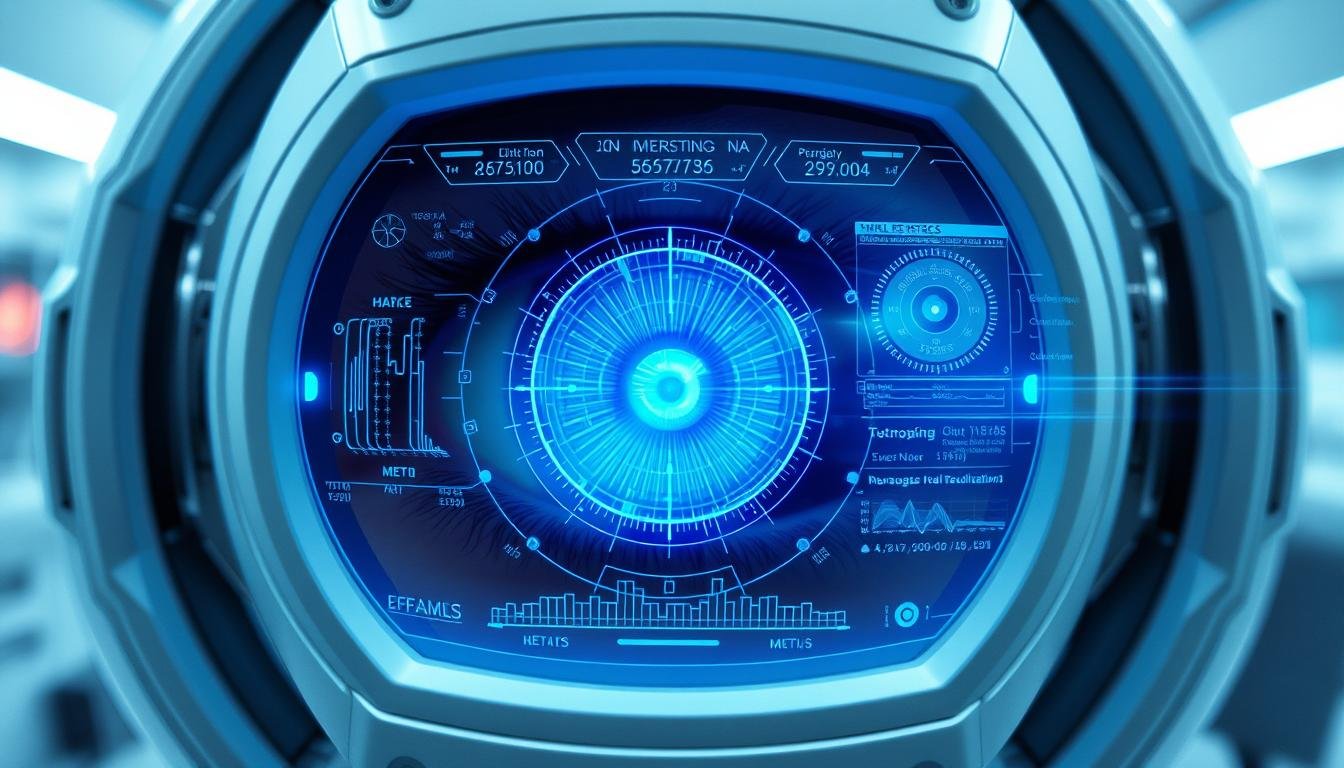
Emerging technologies continue to advance the science of Eye Reading
As technology advances, the field of legitimate medical Eye Reading continues to evolve. Artificial intelligence algorithms are being developed to analyze retinal images and detect subtle changes that might indicate disease. Virtual reality and augmented reality technologies are creating new possibilities for vision testing and rehabilitation.
While we should remain skeptical of unfounded Eye Reading claims, the scientific study of the eyes offers tremendous potential for improving health outcomes and understanding human cognition. By distinguishing fact from fiction, we can appreciate the genuine marvels of vision science while avoiding misconceptions.
Remember that your eyes deserve the best care possible. Regular examinations by qualified professionals remain the most reliable form of Eye Reading for maintaining eye health and detecting potential problems before they affect your vision.
Our team of eye care professionals uses scientifically validated Eye Reading techniques to provide comprehensive care tailored to your unique needs.
ПРОГРАММНОЕ ОБЕСПЕЧЕНИЕ MAIKONG IRIDOLOGY Установка и эксплуатация
